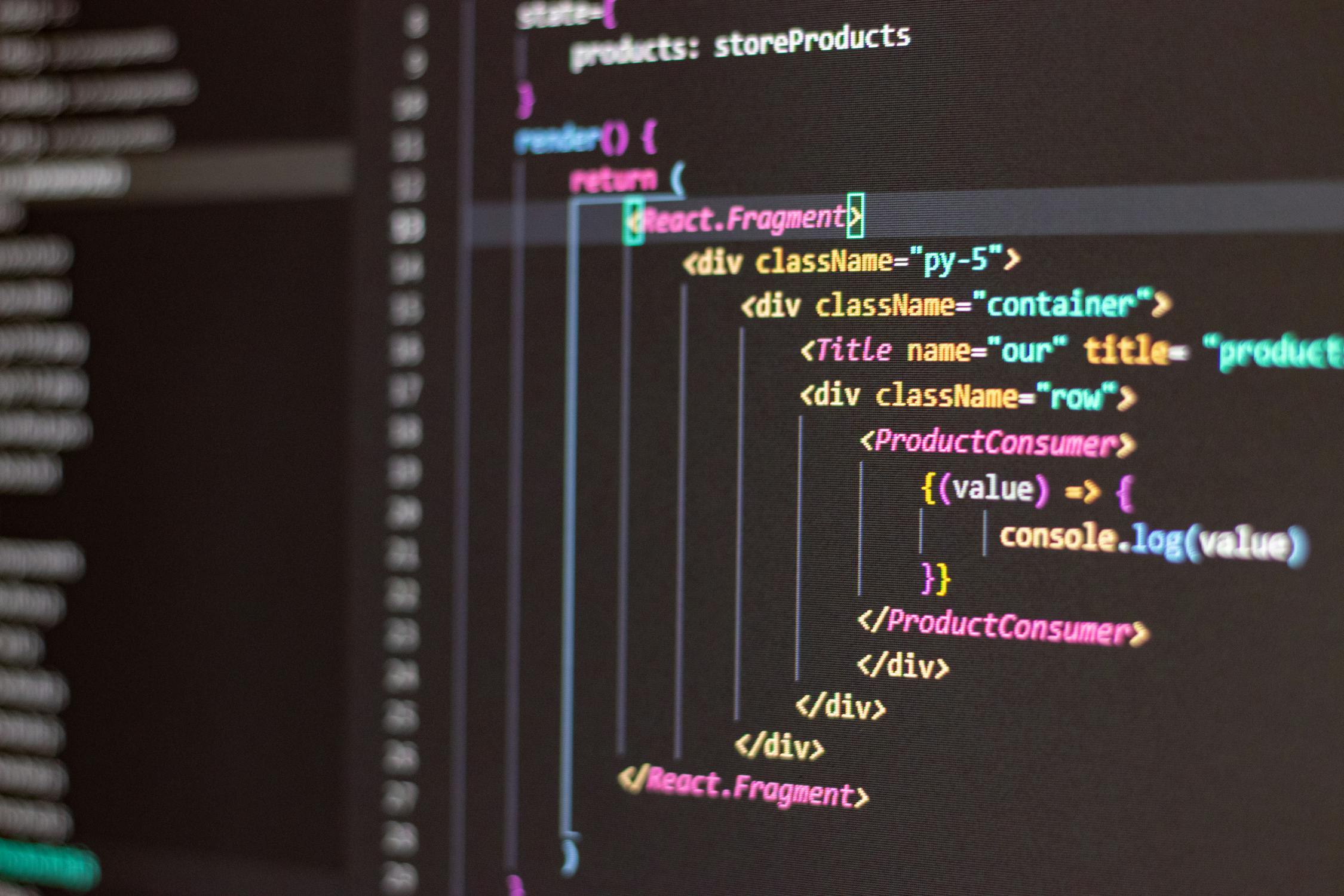Single Page Applications vs Traditional Websites: Complete Guide for Business Owners 2025
Published: 4 September 2025 | Web Development, Business Strategy, Technical Architecture
If you've ever wondered why some websites feel lightning-fast while others seem to reload every page, you're experiencing the difference between Single Page Applications (SPAs) and traditional websites. This guide explains exactly what these terms mean, their pros and cons, and which approach is right for your business.
What is a Single Page Application (SPA)?
Despite the confusing name, a Single Page Application doesn't mean "one page of content." It means one HTML file that dynamically shows different content using JavaScript.
How SPAs Work
Traditional Website:
/about.html← Separate file on server/services.html← Another separate file/contact.html← Yet another file- Each click = new page load from server
Single Page Application:
/index.html← Only one HTML file exists- JavaScript reads the URL and shows different content
- Each click = instant content switching, no reload
Real-World SPA Examples
- Facebook - Navigate between posts, messages, profile - no page reloads
- Gmail - Switch between inbox, compose, sent - all instant
- Netflix - Browse movies, watch trailers, manage account - seamless experience
- Twitter/X - Scroll timeline, view profiles, post tweets - fluid interaction
How Traditional Multi-Page Websites Work
Traditional websites consist of multiple separate HTML files stored on a server. When you click a link:
- Browser requests new page from server
- Server sends complete HTML file
- Browser renders new page (usually with a brief white flash)
- Process repeats for every navigation
Traditional Website Examples
- Wikipedia - Each article is a separate page
- BBC News - Each article loads as a new page
- Government websites - .gov.uk sites typically use this approach
- E-commerce sites (many) - Product pages, checkout as separate pages
Technical Comparison: SPA vs Traditional
Performance Characteristics
Single Page Applications:
- ✅ Instant navigation - No page reloads after initial load
- ✅ Faster user interactions - JavaScript handles everything locally
- ✅ Reduced server requests - Only data fetched, not entire pages
- ✅ Smooth animations - Transitions between sections
- ❌ Slower initial load - Must download entire application upfront
- ❌ More complex caching - Requires sophisticated cache strategies
Traditional Websites:
- ✅ Fast initial page load - Only current page content downloaded
- ✅ Simple caching - Browser caches individual pages easily
- ✅ Better for content-heavy sites - Excellent for blogs, news sites
- ✅ SEO-friendly by default - Each page has unique URL and content
- ❌ Page reload delays - Brief pause between page navigations
- ❌ Repeated downloads - Header, footer, navigation downloaded repeatedly
Development and Maintenance
SPA Development:
- More complex initial setup - Requires JavaScript framework expertise
- Higher development costs - 20-40% more expensive typically
- Steeper learning curve - Requires modern web development skills
- Better for interactive apps - Perfect for dashboards, web applications
- Challenging SEO - Requires special configuration for search engines
Traditional Website Development:
- Simpler development process - Standard HTML, CSS, basic JavaScript
- Lower development costs - Established workflows and tools
- Easier to maintain - More developers understand this approach
- Excellent for content sites - Blogs, brochure sites, documentation
- Natural SEO advantages - Search engines easily index separate pages
Business Use Case Analysis
When to Choose a Single Page Application
Ideal SPA Scenarios:
- Web Applications: Customer portals, admin dashboards, project management tools
- E-commerce with Complex Interactions: Filtering, sorting, cart management
- Real-Time Applications: Chat systems, live updates, collaborative tools
- Rich Media Sites: Photo galleries, video platforms, interactive content
- B2B Tools: CRM systems, analytics platforms, workflow management
SPA Success Story: A logistics company replaced their traditional website with an SPA for their customer portal. Results:
- 67% reduction in page load times for returning users
- 34% increase in daily active usage
- 28% reduction in support tickets (better user experience)
- However: 15% higher development costs and 3-month longer timeline
When to Choose Traditional Websites
Ideal Traditional Website Scenarios:
- Content-Heavy Sites: Blogs, news sites, documentation
- Brochure Websites: Company information, services, contact details
- E-commerce with Simple Needs: Basic product catalogue, straightforward checkout
- Educational Content: Courses, tutorials, reference materials
- Local Business Sites: Restaurants, service providers, professional services
Traditional Website Success Story: A UK legal firm chose a traditional website approach for their practice:
- 40% faster initial page loads for new visitors
- 89% of traffic from Google search (excellent SEO performance)
- 30% lower development costs compared to SPA quotes
- Launched 6 weeks faster than estimated SPA timeline
Technical Implementation Considerations
Search Engine Optimisation (SEO)
SPA SEO Challenges:
// SPA sites need special configuration
// Server-side rendering or pre-rendering required
const nextConfig = {
experimental: {
ssr: true, // Server-side rendering
staticGeneration: true // Pre-generate pages
}
}
Traditional Website SEO Advantages:
<!-- Each page naturally optimised -->
<title>Specific Page Title</title>
<meta name="description" content="Specific page description">
<h1>Page-specific heading</h1>
Hosting and Deployment
SPA Hosting Requirements:
- Must configure server redirects (like we just fixed for your site!)
- All non-API routes → redirect to index.html
- More complex CDN configuration
- Requires modern hosting providers (Vercel, Netlify, AWS)
// vercel.json - Required for SPA routing
{
"rewrites": [
{
"source": "/((?!api/.*).*)",
"destination": "/index.html"
}
]
}
Traditional Website Hosting:
- Works with any web server (Apache, Nginx, IIS)
- Simple file-based hosting
- No special configuration required
- Compatible with budget hosting providers
Cost Analysis: SPA vs Traditional
Development Costs
Single Page Application:
- Initial Development: £8,000 - £25,000+ (complex business sites)
- Ongoing Maintenance: £200 - £500/month (framework updates, debugging)
- Hosting: £20 - £100/month (modern hosting required)
- Total 3-Year Cost: £15,000 - £45,000+
Traditional Website:
- Initial Development: £3,000 - £15,000 (equivalent functionality)
- Ongoing Maintenance: £50 - £200/month (content updates, security)
- Hosting: £5 - £30/month (basic hosting sufficient)
- Total 3-Year Cost: £5,000 - £25,000
Return on Investment Factors
SPA ROI Drivers:
- Higher user engagement (30-50% improvement typical)
- Reduced bounce rates (users stay longer)
- Better conversion rates for complex processes
- Premium brand perception
- Competitive advantage in user experience
Traditional Website ROI Drivers:
- Faster time to market (launch 2-4 weeks sooner)
- Lower ongoing maintenance costs
- Better search engine rankings (typically)
- Wider developer availability for updates
- More budget available for marketing/content
Hybrid Approaches: Best of Both Worlds
Static Site Generation (SSG)
Modern frameworks like Next.js offer hybrid approaches:
- Generate static HTML files for each page (SEO benefits)
- Add SPA functionality for interactivity
- Fast initial loads AND smooth navigation
Progressive Enhancement
Start with traditional website, add SPA features progressively:
- Build solid HTML foundation
- Layer on JavaScript interactions
- Maintain fallbacks for accessibility
Making the Right Choice for Your Business
Decision Framework
Choose SPA if:
- Your site is primarily an application (dashboards, tools, portals)
- User experience is your competitive advantage
- You have complex user interactions
- Budget allows for higher development costs
- You have ongoing development resources
Choose Traditional if:
- Your site is primarily content (blog, company info, services)
- SEO is crucial for your business model
- You need fast, cost-effective deployment
- You prefer simpler, proven technology
- Your team lacks modern JavaScript expertise
Questions to Ask Your Development Team
- "How will this affect our search engine rankings?"
- "What are the ongoing maintenance requirements?"
- "How will this impact our page load speeds?"
- "What happens if JavaScript is disabled?"
- "How will this affect our hosting costs?"
Future Trends: What's Coming Next
Edge Computing Integration
Both SPAs and traditional sites are evolving with edge computing:
- Edge-rendered SPAs - Best of both worlds
- Smart caching strategies - Reduce traditional site reload times
- AI-powered optimisation - Automatic performance improvements
Developer Experience Improvements
New tools making both approaches more accessible:
- Visual page builders for traditional sites
- Low-code SPA frameworks reducing complexity
- Automated SEO optimisation for SPAs
Conclusion: There's No Universal Right Answer
The SPA vs traditional website choice isn't about "better" or "worse" - it's about what serves your business goals most effectively.
For most small-to-medium businesses: A well-built traditional website with modern CSS and progressive JavaScript enhancement offers the best balance of cost, performance, and maintainability.
For businesses building web applications: SPAs provide superior user experience and are worth the additional complexity and cost.
The key insight: Focus on your users' needs, not the latest technology trends. A fast, accessible, user-friendly website serves your business better than the most technically impressive solution that doesn't match your requirements.
Ready to make the right choice for your business? Let's discuss your specific needs and find the approach that delivers the best value for your investment.




